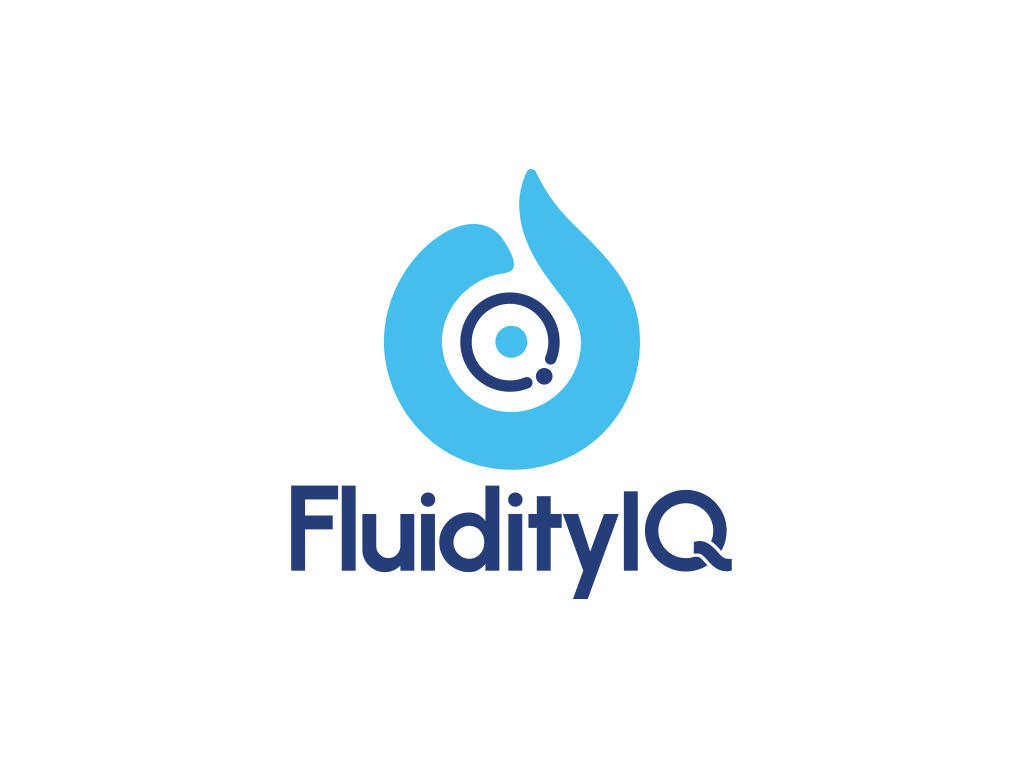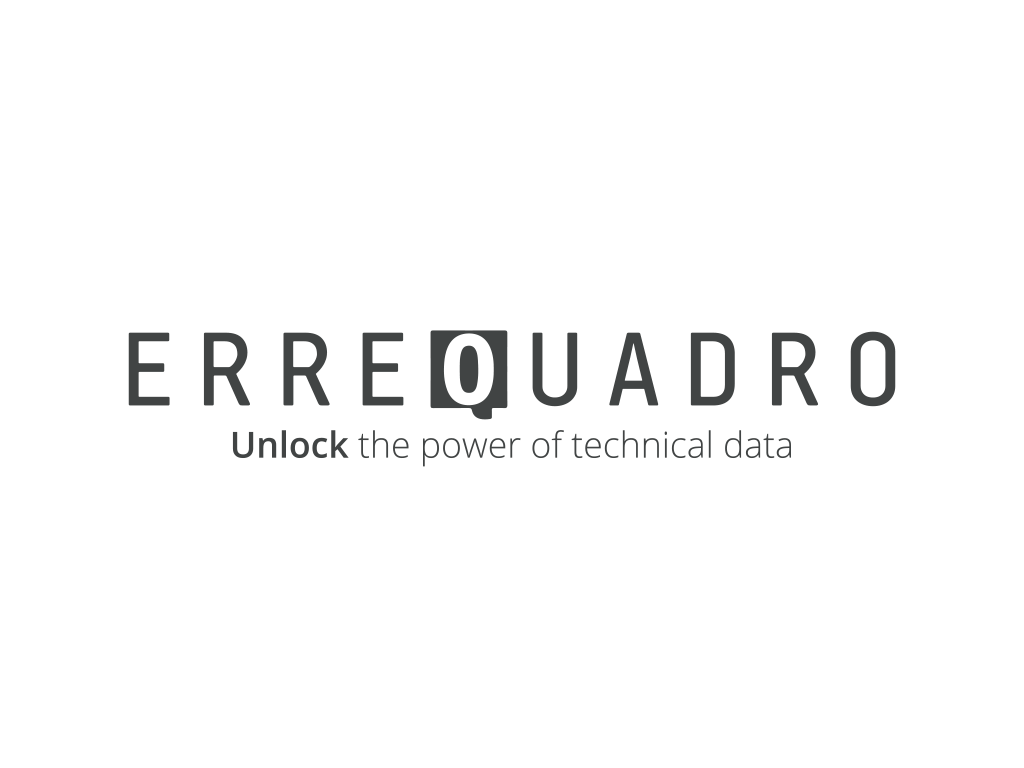Looking at something we think we know everything about and understanding it in a new way usually requires an unusual perspective—often from an outsider. Take the idea of a patent, for instance, or what we all understand as the exclusive right for a predetermined period of time to make and sell a novel idea. It‘s a concept that is tried and true, cut and dried, so to speak. Right?
Not according to Kai Cao, the founder and CEO of L‘ontologie, a five-year-old Beijing-based company that uses patent data and proprietary calculations to determine how innovative a company is likely to be in the future.
Patent insider
Who: Kai Cao
Innovation cred: Founder and CEO of L‘ontologie, former epidemiologist and believer in the living nature of patents
Favorite invention: One that hits close to home because it‘s L‘ontologie‘s own: CN109902168A. L‘ontologie treats patents as if they are alive (a.k.a. ever iterating). But, as with every creation, there is a genesis, and this patent is the starting point of L‘ontologie‘s evaluation methodology, which is underpinned by technology clusters generated by natural language processing. These clusters act as the communities in which patent technologies live, change and grow.
A former epidemiologist, Cao sees patents as—wait for it—living things! To him, and to L‘ontologie, patents are marvels far beyond the novel drawings, tech specs, and claims contained in a filing at a given moment in time. Patents are human technological histories, ever evolving, organic, practically living and breathing individuals dwelling in a cooperative network with others. How does an exclusive right to an invention that offers a novel way to solve a technical problem transform into an organism? It‘s a fascinating question and nothing we have ever heard before.
IFI CLAIMS caught up with Cao while he was visiting the Shanghai Stock Exchange, one of the company‘s clients, and L‘ontologie product strategist and data scientist Liu Yueguang, for a roundtable discussion on the living nature of patents and other topics, including what patents and demography have in common, how financial institutions can use patents for loan due diligence, what constitutes “hardcore” technology, and why L‘ontologie decided to incorporate IFI patent data into their intricate, predictive innovation tool. The interview has been edited for clarity and length.
IFI CLAIMS: Tell us about your background.
Cao: My background is in epidemiology. I studied in Sweden and in France. In Sweden, I attended Jankoping University, which is located in a very small city. In France, I studied at the École des Hautes Études en Sciences Sociales, which is a school for advanced studies in social sciences. I looked at how human beings evolved through a long history, especially when faced with epidemiological incidents like pandemics. From an epidemiological perspective, we consider systemic risk very important.
After my studies, I worked in the Ministry of Science and Technology in China, which is a government agency focused on the innovation ability of people and enterprises. It was an interesting place for me to be because I knew nothing about patents. I had only focused on research papers and projects, especially government-funded research projects. We looked at how technology evolved and how knowledge was discovered by scientists.
IFI CLAIMS: What inspired you to start your own patent company?
Cao: In 2017, when I was working with an investor, we wanted to form a team to evaluate enterprise innovation ability using big data. I saw that the concept was very interesting and wanted to try it myself. So I left the ministry and founded the company. At the beginning, we had six people who came from different backgrounds—environmental science, computer science and so forth. We established a kind of theory, which was that we don‘t see the patent as a patent from a traditional point of view. We see patents as documents that record a long history of human technology—how they evolved, how they developed, how they impacted our lives and our industries. We hold a belief that every patent is alive. It‘s not a technology paper or document. It‘s alive. It evolved by itself.
We hold a belief that every patent is alive. It‘s not a technology paper or document. It‘s alive. It evolved by itself.
IFI CLAIMS: A patent is alive? That‘s hard to wrap your mind around.
Yueguang: Think of it as a technology iteration rate.
Cao: Or, let‘s compare it to population growth. Every couple needs to have 2.1 babies for the population structure to be healthy. And public health and nutrition need to be good for babies to thrive. If those are not good, babies will die within two years. Now, back to the idea of our IT industry—especially mobile internet industry—the technology evolves very, very fast. If we stay with the analogy of population growth, that means each couple needs even more babies—maybe seven. In other industries—chemical or material manufacturing, for instance—those businesses evolve slowly, which means companies use fewer patents and less technology to survive. We‘ve borrowed all of this from demographic studies. If you see the patent as alive, you can also see the class of patents as a family and also as a community; an industry is like a country. From this perspective, we analyze the patents using natural language processing (NLP) to study a patent‘s history. We don‘t care about the design. We just focus on the text and how it documents the development of the technology.
IFI CLAIMS: So how does that work technically?
Yueguang: Recognizing that patents are good representations of companies‘ research and development outcomes, we have developed a network of interconnected patents. This unique approach enables us to precisely identify the core technology innovations—and those innovations that are truly influential. We also used NLP techniques, such as the relational triple extraction approach to develop a methodology to group patents and companies into clusters. The keyword that we extracted using NLP from these clusters made it very easy to interpret the meaning of patent descriptions. With all this patent and consulting service we provide, we‘re trying to mimic the way that industry experts would evaluate a firm or piece of technology. In the past three years, we worked with some of the most experienced experts in the industry. Now we can say that our evaluation results align really well with those expert opinions.
We have nine parts that evaluate the technology advantage. One example: we measure the technology layout, which shows how broad the technology portfolio is. We have more than 3,000 clusters, and each cluster is like a niche industry. It‘s very specific. Technology layout measures how many clusters a technology is touching. If we see a layout suddenly expanding, that means they have intention to expand. Or, if a company has new patents every year, but the layout is not expanding, that can mean they are trying to dig very hard into one area.
IFI CLAIMS: Any other examples?
Yueguang: We have another part that measures efficiency—input versus output. Input is measured by how much R&D goes in. To measure output, we use patents. We measure the technology quality, which evaluates how influential the patents are. Patents have forward citations, and this is a clue we use to measure how influential one specific patent is. Because patents are all connected to a huge network, you would know which one is really leading the industry trend.
Another thing we did when we organized the data is that we identified specific firm relationships for companies that are always quoting each other to measure how technology-intensive a company is.
IFI CLAIMS: How have the results been?
Cao: Three years ago, when our first iteration of SaaS was born, nobody believed it. We showed clients how we evaluated companies and our results. They couldn‘t believe it because we didn‘t have financial statistics. We had a friend from a bank who tried it. And our results were very similar to the company‘s own evaluation. Which means that we had good predictive outcomes about the company. To the bank, that meant that if the company needed a loan, the company would be able to return the money years later. From that, the bank could do a proof of concept, which gave them a double blind test.
That is what makes us unique. In China, most companies analyze the patent to evaluate the legal parameters in order to commercialize the technology. But we are the first company to analyze the patent text to evaluate the innovation ability of the company. Patents evolve. Patents can be useless next year. But we can find the clues from the text that a company is novel, or that maybe a company‘s patents are so-so, or maybe a company can produce a good product next year. We take the patent information as a whole, not just the patent‘s specific technology.
Stats
9
Number of components incorporated into L‘ontologie‘s algorithmic score. Each component has a singular weighting, according to the goals of the end user.
IFI CLAIMS: Which of the nine aspects that go into your algorithm are most important?
Yueguang: I wouldn‘t say that one is more important than the other. It depends on your purpose. In China, investors put a focus on companies that are highly specialized. We have a term for it: specialized and sophisticated small and medium enterprises. This is a big thing in China. So with those nine aspects, we might identify companies that don‘t have a broad technology layout. But their technology quality is super high, which means that they are highly focused in one area and therefore might have high potential in the future. But if you want to establish which industry leader is making more progress, first you look at the layout to figure out the industry leaders and then you use the iteration rate to compare them. You can see which one is not only having a broad layout but is evolving very quickly.
IFI CLAIMS: Can you give us an example of how your product works for a client?
Yueguang: Some of our clients are financial institutions, so I will provide the example of a bank. The problem banks are facing is that they don‘t know how to evaluate those technology firms.
Technology firms are special. They need money, but they look different. When you issue debt, traditionally there are two ways. You can provide your financial statements and prove that you are a legitimate company that is generating a profit that can cover the loan in the future. The second way is putting up collateral. For those technology companies, the early stage R&D is expensive, and they might not be generating profit. If you put them on the same stage as a company that is not developing technology, it‘s not fair because a tech company‘s financial statement would look different. So what do technology companies with a lot of potential and results from their R&D do?
People in the banking industry have a hard time reading the material provided to them by the technology company. L‘ontologie provides an evaluation score so the bank can spot companies with a good score. Banks can also get in touch with companies with a good score and see if they need to borrow funds. The evaluation score helps with the earlier stage of a bank‘s customer acquisition process.
IFI CLAIMS: Any other ways they might use it?
Yueguang: Another way they might use our score is that as they get to the later stages of issuing a loan, they can use our tool to identify the content of the patents. Banks have to research patents. They will read the patent context and identify the technology that a company has as a final step before they issue the loan. They want to read about areas the company is inventing in to see if it‘s aligned with the bank‘s understanding of the company. Previously, the bank would have had to go into the long description of a patent, and that requires a lot of time. They only need to understand what area the company is working on and whether the technology aligns with the product. If a company has a product and the patents they are applying for can‘t commercialize or support future development, then that‘s a big issue because maybe they just applied for patents for the purpose of looking like a technology company.
We take the patent information as a whole, not just the patent‘s specific technology.
With our NLP relational triple extraction technique, you can know the underlying technology, you can know the use of it and the product that results. Just a paragraph explains a patent very well. The financial institution doesn‘t need to go deep into those industry-specific terminologies.
IFI CLAIMS: Speaking of financial institutions, tell us about what you‘re doing for the Shanghai Stock Exchange.
Cao: In 2019, the Shanghai Stock Exchange came to us to discuss the potential of designing an index of innovation capability using big data. For our products and software services, that is exactly the kind of work we were looking for. They had a lot of financial and technology expertise to evaluate our index and did a lot of double blind testing. The results were great.
There are three parts to the product. The first part is financial analysis, which was done by another company with human resources, not with computing resources. The second part of the product is ESG. And the third part is core technology, which means evaluating the innovation ability of the company. The Shanghai Stock Exchange weighed this third part at more than 60 percent.
Yueguang: We customized the tool for them and computed the new index. Hardcore technology is a key term and widely accepted. It‘s a huge focus now for investors. Hardcore is a blend of the nine aspects of the technology score we have. We adjust the weight of the score according to the customer‘s need. Our tool tells them how hardcore the company‘s technology really is.
The three aspects of layout, specialization, and influence are the most important characteristics. That‘s what determines whether a company is hardcore. The others, like iteration rate and R&D, are secondary.
Patent-based analysis for better capital allocations
Integrate key financial indicators with IFI’s global patent data
The CLAIMS Direct platforaSound investment decisions require you to go broad and deep. Analyze your investments in the most strategic way you can with CLAIMS Direct. We have the updated and accurate patent data you need to understand how your target is moving in the market. Patent-based analysis leads to better capital allocations.
IFI CLAIMS: Why did you end up using IFI data to underpin your technology?
Yueguang: Two reasons. We wanted international patents. Before IFI, we sourced our data from a local Chinese resource. Then we realized that we needed something broader, so we started to research information on sourcing international patents. We found IFI and some others. We gathered samples. We did our evaluations. And now we have been using IFI data for a year. Compared to what we were doing in the past, we realize how much more reliable and how much cleaner the data is. It has served our purpose well.
The other benefit is the timeliness of the data, which in turn, allows us to be timely for our customers. We like the fact that the data is frequently updated. We really wouldn‘t be able to do what we do without the support of IFI.




